Canadian History With New Eyes: The Dark Ages?
The Dark Ages & the French Wars of Religion Some time ago, I started to
Home / Samuel de Champlain – The Huguenot Years (2)
In Part 1, we traced Champlain’s life from a teenager until the settlement in Nova Scotia (Acadia) folded and all settlers recalled to France. In this section, we will examine the years and effort which went into keeping the Quebec colony maintained by Pierre Du Gua de Mons, in the face of the assassination of Henry IV, Protestants being kicked out of the court and the financial backing of the project almost coming to an end.
In the Spring of 1608, Du Gua de Mons, at his own expense, asked Champlain to start two new French colonies and fur trading centres on the St Lawrence. One was at Tadoussac where François Gravé du Pont and Pierre Chauvin de Tonnetuit had previously built a trading post in 1599/1600, and the other in Quebec, so that it could also be used as a base for Champlain’s exploration further West. Thus, his efforts at colonization were resumed, but in New France, by developing more trading posts.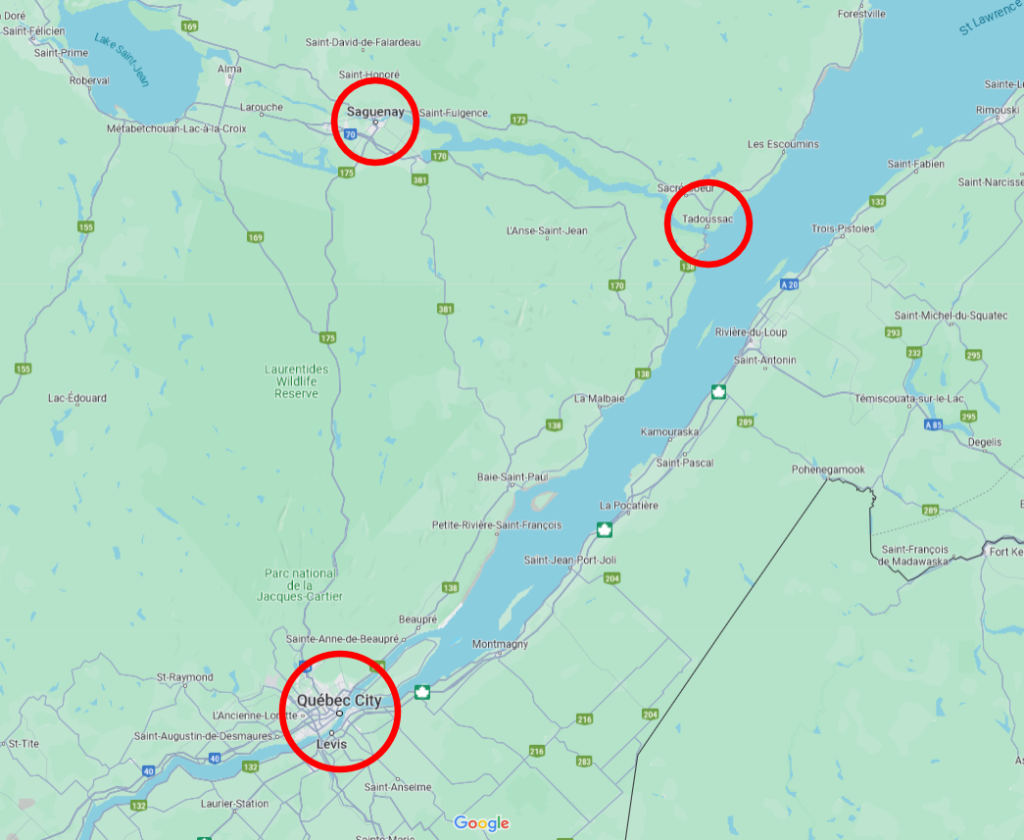
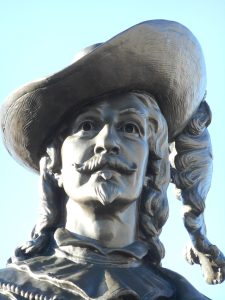 Du Gua outfitted 2 ships with workers, which left from the port of Honfleur. The ships were the Don -de-Dieu or Gift of God of which Champlain was the commander and the Levrier or Hunt Dog captained by Francois Grave Du Pont, which arrived in June of 1608. They left the ships at Tadoussac, transporting the men and materials upstream to Quebec.
Du Gua outfitted 2 ships with workers, which left from the port of Honfleur. The ships were the Don -de-Dieu or Gift of God of which Champlain was the commander and the Levrier or Hunt Dog captained by Francois Grave Du Pont, which arrived in June of 1608. They left the ships at Tadoussac, transporting the men and materials upstream to Quebec.
Du Gua also made Champlain his Lieutenant in New France while he remained in France to protect the interests of the settlement at court. This trading venture brought in a small profit.
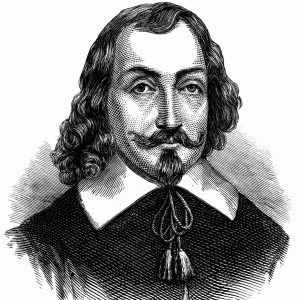 Champlain chose Quebec for a number of practical reasons… It was accessible by water; had a deep harbour for docking; its elevation meant that enemies could be seen from a distance and therefore could be defended well; and arable soil, especially on the Ile d’Orleans for growing lots of crops for survival, and it served as a strategic meeting place for fur trading.
Champlain chose Quebec for a number of practical reasons… It was accessible by water; had a deep harbour for docking; its elevation meant that enemies could be seen from a distance and therefore could be defended well; and arable soil, especially on the Ile d’Orleans for growing lots of crops for survival, and it served as a strategic meeting place for fur trading.
That same year, he had to stop mutiny in its tracks by executing justice swiftly and forcefully. Among the men in the colony were rivals of Du Gua’s monopoly. They thought that if they killed Champlain they would end the trade monopoly. The instigator was exposed and hanged in view of all, and the co-conspirators were taken to France for judgment.
Champlain built 3 main 2-storey buildings with wooden palisades and a 12‘ moat surrounding them. These he collectively called the ‘Habitation’. So began the formation of Quebec City. He was able to plant gardens and do further explorations to the west.
In the Summer of 1609, Champlain actively pursued developing alliances with the local Native Tribes. Champlain became an ally of the Wendat or Hurons, the Algonquins, the Montagnais and the Etchemins who lived along the St. Lawrence. These tribes were all enemies of the Iroquois, who lived further south in what is now known as upstate New York.
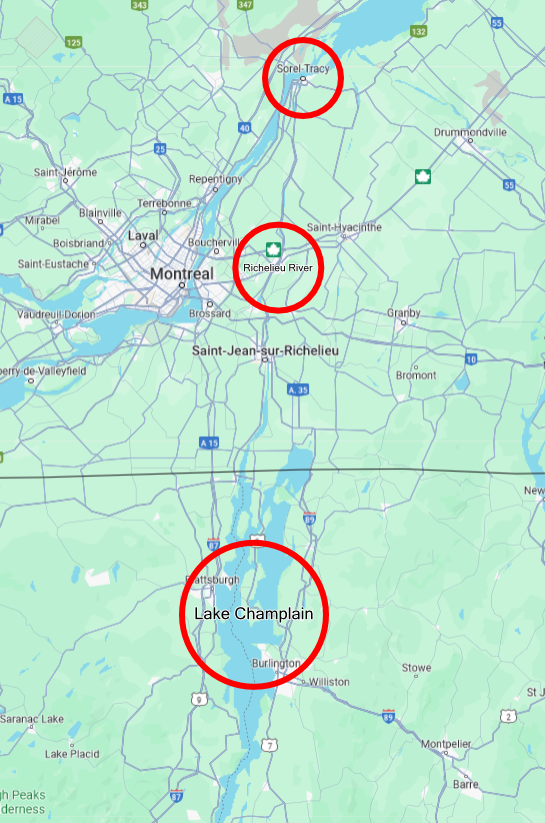 They demanded that Champlain help them to go to war against their enemy. Champlain set off with 300 Natives and 9 soldiers to search for the enemy along the Rivière des Iroquois (now known as the Richelieu River). He became the first person to map the lake named after him – Lake Champlain in Vermont, during this engagement.
They demanded that Champlain help them to go to war against their enemy. Champlain set off with 300 Natives and 9 soldiers to search for the enemy along the Rivière des Iroquois (now known as the Richelieu River). He became the first person to map the lake named after him – Lake Champlain in Vermont, during this engagement.
When no sight was seen of the Iroquois, most of the Natives and soldiers abandoned the effort, leaving Champlain with 2 soldiers and 60 Natives. On July 29th 1609 somewhere in upstate New York, they suddenly came upon the Iroquois around Ticonderoga.
In the ensuing battle on July 30th, the 3 chiefs were identified by Champlain’s Native guide. Champlain shot 2 of the chiefs with one shot of his arquebus or hand cannon, while one of his men shot the other. The rest of the Iroquois ran away. This war set the tone for French/Iroquois relations for the next century. A similar thing happened against the Mohawks.
In September of 1609, Champlain left Pierre Chauvin de la Pierre in charge of the colony, returning to France to give his report on the progress of the colony to King Henry IV and Pierre Du Gua. There he learnt that the King no longer gave an individual monopoly, but instead, Du Gua was allowed to form a company with investment from merchants in Rouen to support the Habitation.
In April 1610, he got back to Quebec where the Natives and their allies involved him in their war again, for a repeat of their war in New York. This time it was in June of 1610, at Sorel-Tracy Quebec. The French gathered as allies of the Wyandot, the Innu, the Montagnais and the Algonquins. The power of the arquebus helped to kill or capture all of the Mohawks, giving the allied Natives peace for at least 20 years.
It was at this alliance that Champlain sent Etienne Brule to live with the Hurons to learn the language and become an interpreter while they gave him a Huron equivalent in the person of Savignon who would accompany Champlain to France. He went back to France in August 1610, leaving the command of Quebec in the hands of Jean du Godet du Parc.
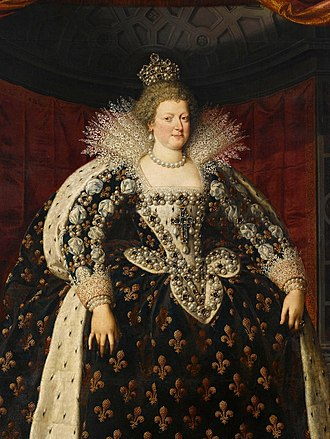 When Henry lV was assassinated in May 1610, his heir to the throne was 10-year old Louis Xlll. His mother, Marie de Medici, ruled as Queen regent for the boy. There were deep divisions and conflicts in the court. Political connections were important to the support of the colony. Marie denied court access to the many Protestant financial supporters of New France (including Du Gua), bringing the support of New France to a screeching halt. Champlain returned to France in September 1610, to find a way to keep access to the King’s court.
When Henry lV was assassinated in May 1610, his heir to the throne was 10-year old Louis Xlll. His mother, Marie de Medici, ruled as Queen regent for the boy. There were deep divisions and conflicts in the court. Political connections were important to the support of the colony. Marie denied court access to the many Protestant financial supporters of New France (including Du Gua), bringing the support of New France to a screeching halt. Champlain returned to France in September 1610, to find a way to keep access to the King’s court.
He and Pierre Du Gua de Monts had a mutual friend in Nicolas Boulle, a Huguenot who was the Lord Chamberlain of France. As Chamberlain, it was his responsibility to help ‘dress the king’ in his ceremonial gear – with his boots, tunic, and headwear, for his coronation. He had permanent access to the King’s Chamber. That position had been traditionally held by the Orleans branch of the royal family, then by the Duke of Guise, and finally by Boulle’s family members (the La Tour d’Auvergne-Bouillon family), until the monarchy ended.
Boulle’s other responsibilities were very important ones with financial implications. He assisted in any legal proceedings against the highest ranking nobility (peers). This honour of peerage, was bestowed on just a small number of dukes, counts and princes of the Catholic Church. Boulle also recorded any oath of homage made to the crown.
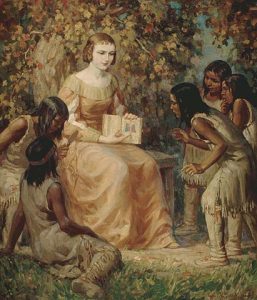 Boulle was instrumental in executing royal orders of the court. He agreed to the marriage of his 12-year old daughter to 36 year old Champlain in December of 1610, so that Champlain could continue to gain access to the court and lobby for support for the colony.
Boulle was instrumental in executing royal orders of the court. He agreed to the marriage of his 12-year old daughter to 36 year old Champlain in December of 1610, so that Champlain could continue to gain access to the court and lobby for support for the colony.
There was one condition – that the marriage not be consummated for two years. Pierre Du Gua de Monts was a witness to the marriage contract. Champlain received 4,500 livres as a down payment of the 6,000 livres dowry. Apart from helping his enterprise, the marriage put him a little closer to those who held power, since Nicholas Boulle was in constant contact with the new king.
In March 1611 when Champlain and his Native apprentice – Sauvignon, left France, he was convinced that his 2 most important objectives had to be the development of a better fur trading network and exploration west of Quebec.
As a teenager, Champlain seemed to be on a path of great adventure. In the space of approximately 20 years, he fought in the French Army, travelled to the West Indies and the Gulf of Mexico with the Spanish fleet, collected enemy information for his King, helped to establish 2 colonies, and made countless trips between France and New France.
Once in New France he aligned himself with the Algonquin tribes along the St, Lawrence and Great Lakes, helping them to repel their arch enemies, the Mohawks and Iroquois. He even had time to get married to promote his work in New France as Lieutenant of Pierre Du Gua de Mons who held the fur trading monopoly.
Lynette is known as The Curious Canadian History Buff. She is passionate about discovering information about the Protestants who left indelible contributions on the pages of our Canadian History. She shares exactly what she has discovered by being curious. She does not see herself as having the last word on history. She encourages Christian readers to be ‘Bereans’ by doing their own research and not take her research as gospel. If you find new or different information, please share with her at: [email protected].
The Dark Ages & the French Wars of Religion Some time ago, I started to
In many places, like legislatures and schools, the Bible is considered ‘hate literature’. Counseling someone
Britain’s claim of Rupert’s Land by the Doctrine of Discovery, proved to be one of
Dominion Day had been a federal holiday that celebrated the enactment of The British North American Act which united four of Britain’s colonies – Nova Scotia, New Brunswick, Upper and Lower Canada (which became Ontario and Quebec), into a single country within the British Empire, and named that country The Dominion of Canada.